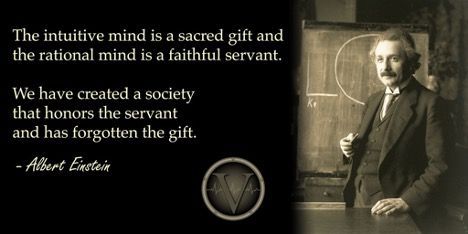Choosing Your Career Path
STEP ONE: ASSESSMENT
Some kids go into a business or career as an extension and continuation of a parent's career. They may enroll in college and university programs influenced by their parent or other dominant figure. This may make the parent happy to see their child continue their legacy, and the child may not know what they want to do, so following in their mom or dad’s footsteps seems logical. But what about the child’s possible but unrecognized aspirations? Is this the best path for the young person regardless of the familial relationship?
Then there are those no one might influence, so they choose what seems to be the most expedient and most straightforward job choice at the time, but then they stay stuck in that job field or industry throughout their working lives. While they might do well, could they have achieved more, been happier, and more fulfilled if they had found a career planned on their uniqueness rather than spending 30 years working in a particular field by default?
Even if you’ve started your career, it’s not too late to plan an adjustment for a career or role you would find more fulfilling. Everyone has distinctive talents and abilities and things they may or may not enjoy. To have a lifetime of career success, it makes sense to first understand what brings you joy and what your unique talents are. Even if you don’t know what those are now, then create a plan for the best way to discover them. What are your current abilities and competencies, and what steps can you take to enhance or improve them?
Whether or not you work with a career coach, taking an assessment may help you find a fulfilling career path that is right for you. Many assessment tools, such as Hogan, DiSC, Profile XT, and others, are available. They can provide insight into cognitive and personality characteristics. Assessments can provide a deeper understanding of one’s strengths, weaknesses, values, and attitudes.
Even if taking an assessment is not for you, you can perform your own exploration exercise to examine what tasks and actions you perform that bring you enjoyment and satisfaction and the aptitudes that enable you to perform them successfully. Then, match these to work types where similar tasks, actions, skills, and competencies are commonly utilized.
Whittle down your likes and proficiencies as part of the exploration exercise. For example, if you initially come up with a broad scope, such as you enjoy figuring out details, sniffing out potential issues, and problem-solving, there would be a whole host of potential careers, from accountant to police detective. Thus, it’s best to narrow this further and further until you have the focus and direction for the potential roles and careers you will examine. As a starting point, you could take a simple approach by creating a spreadsheet with the following headings for each column:
• Things I like to do
• Actions required to do these things
• Skills it takes to perform these actions
• My proficiency level in these skills
• Jobs/Roles that use these or similar skills
• Corresponding career field
• Is this a career I want to explore?
Now fill in the spreadsheet accordingly. This exercise requires careful thought, so please do not rush through it. The objective is to identify possible job and career fields that might resonate with you. The last column, "Is this a career I want to explore?" is the most important. If your response is "No," then there is no need to proceed. However, if your response is "Maybe" or "Yes," then this exercise has provided you with valuable insights that you can pursue further.
That’s it for now. Stay tuned for Step Two, which will include more suggestions for creating your career path.





Browse Our Website
Our Information
Maggie Johnson Consulting, LLC
Email Address:
mjohnson@maggiejohnsonconsulting.com
Location: New York, NY
Copyright 2022 Maggie Johnson Consulting, LLC | Website Designed by New Wave Digital Designs


